Did you know? |
The first commercial one box cathode-ray oscilloscope was launched in 1934 by General Radio (later GenRad). Read more...
Latest Oscilloscope News |
Simplify and accelerate Oscilloscope Remote Measurements
12 May 2021 – Teledyne LeCroy launched MAUI Studio Pro, a versatile PC-based oscilloscope analysis software. This new PC software improves productivity and collaboration by allowing engineers to connect remotely to Teledyne LeCroy oscilloscopes while replicating their oscilloscope work environment on their PC.
Free two-day digital Oscilloscope Seminar Event
03 May 2021 — Rohde & Schwarz announced the Oscilloscope Days seminar event. Held in May 2021 and catering to electronics engineers from around Europe and beyond, participation at the Oscilloscope Days 2021 is free. The live sessions will be streamed simultaneously in English, German, French and Russian. The event is organized by Rohde & Schwarz in partnership with Würth Elektronik and Farnell.
1 GHz Mixed-Signal PC Oscilloscope with active Probes
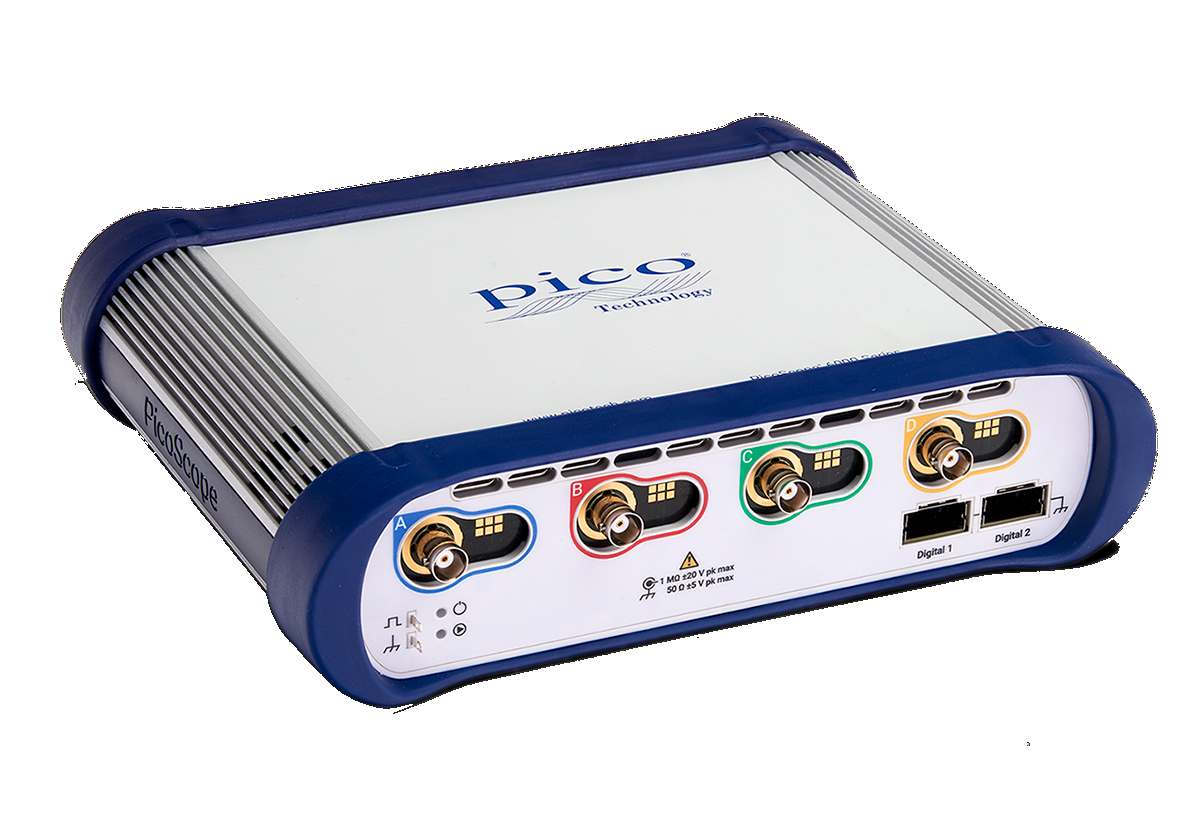 27 April 2021 - Pico Technology announced four new 4-channel models of its PicoScope 6000E Series mixed-signal oscilloscopes (MSOs), each of which can be configured with 16 optional digital channels. With bandwidths of 750 MHz or 1 GHz, 8-bit or 8/10/12-bit Flexible Resolution and up to 4 GS deep capture memory, these products enhance the existing PicoScope 6000E portfolio, adding to the 350 MHz and 500 MHz models that were introduced in 2020.
27 April 2021 - Pico Technology announced four new 4-channel models of its PicoScope 6000E Series mixed-signal oscilloscopes (MSOs), each of which can be configured with 16 optional digital channels. With bandwidths of 750 MHz or 1 GHz, 8-bit or 8/10/12-bit Flexible Resolution and up to 4 GS deep capture memory, these products enhance the existing PicoScope 6000E portfolio, adding to the 350 MHz and 500 MHz models that were introduced in 2020.
Teledyne LeCroy launched new Series of High Definition Oscilloscopes
 23 April 2021 – Teledyne LeCroy unveiled the newest additions to its High Definition Oscilloscope family: the HDO6000B Series. The HDO6000B is the first oscilloscope to integrate Waveform Generation and Spectrum analysis into an instrument with uncompromised 12 bit resolution and a vibrant 15.6” display. It covers the range from 350 MHz to 1 GHz bandwidth and offers a sample rate of 10 GS/s and long memories of up to 250 Megapoints.
23 April 2021 – Teledyne LeCroy unveiled the newest additions to its High Definition Oscilloscope family: the HDO6000B Series. The HDO6000B is the first oscilloscope to integrate Waveform Generation and Spectrum analysis into an instrument with uncompromised 12 bit resolution and a vibrant 15.6” display. It covers the range from 350 MHz to 1 GHz bandwidth and offers a sample rate of 10 GS/s and long memories of up to 250 Megapoints.
IEEE 802.3ch MultiGBASE-T1 Automotive Ethernet Compliance Test
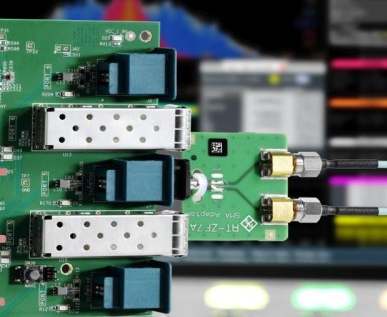 19 April 2021 - The new K88 option for R&S RTO and R&S RTP oscilloscopes from Rohde & Schwarz enables compliance testing on the next evolution of the automotive Ethernet standard. The new IEEE 802.3ch standard addresses the need for high speed networking and data transfers within the car. The R&S RTO-K88 and RTP-K88 compliance test software options for MultiGBASE-T1 are now available from Rohde & Schwarz.
19 April 2021 - The new K88 option for R&S RTO and R&S RTP oscilloscopes from Rohde & Schwarz enables compliance testing on the next evolution of the automotive Ethernet standard. The new IEEE 802.3ch standard addresses the need for high speed networking and data transfers within the car. The R&S RTO-K88 and RTP-K88 compliance test software options for MultiGBASE-T1 are now available from Rohde & Schwarz.
Consistent Graphical Interface simplifies Data Management and Analysis
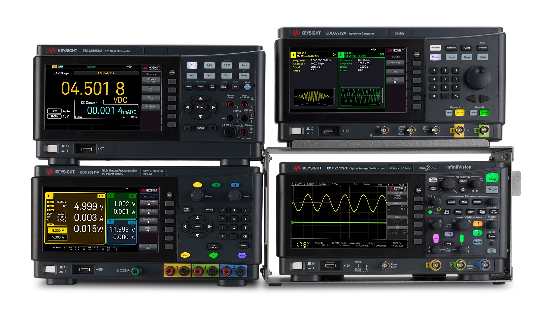 16 March 2021 - Keysight Technologies launched a portfolio of Smart Bench Essentials (SBE) lab bench products that deliver the power of four unique instruments, including a triple-output power supply, an arbitrary function generator, a digital multimeter and an oscilloscope, through one powerful graphical interface offering integrated data management and analysis capabilities.
16 March 2021 - Keysight Technologies launched a portfolio of Smart Bench Essentials (SBE) lab bench products that deliver the power of four unique instruments, including a triple-output power supply, an arbitrary function generator, a digital multimeter and an oscilloscope, through one powerful graphical interface offering integrated data management and analysis capabilities.
Two-channel 5 GHz and 16 GHz Sampling Oscilloscopes
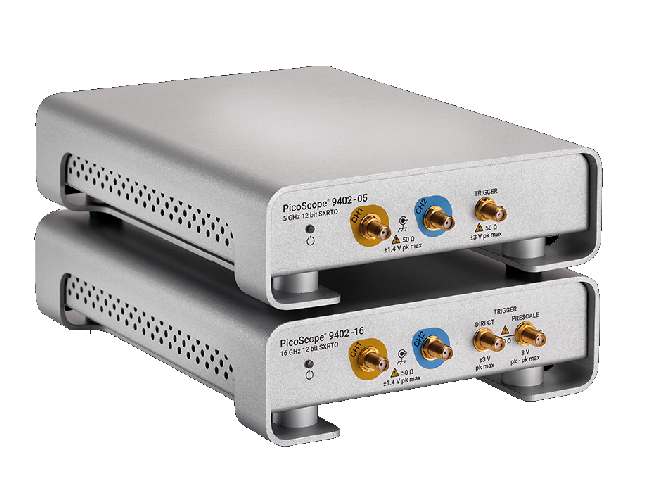 08 March 2021 - Pico Technology has added the PicoScope 9402-05 and 9402-16 two-channel models to their 5 GHz and 16 GHz SXRTOs. The new models join the 9404-05 and 9404-16 four-channel models launched last year. Ideally suited to repetitive or clock-derived signals, all models feature high-resolution 12-bit channels, each supported by real-time sampling to 500 MS/s per channel and up to 2.5 TS/s (0.4 ps) random equivalent-time sampling. These are voltage and timing resolutions that match or more typically exceed the best available amongst broadband real-time oscilloscopes today.
08 March 2021 - Pico Technology has added the PicoScope 9402-05 and 9402-16 two-channel models to their 5 GHz and 16 GHz SXRTOs. The new models join the 9404-05 and 9404-16 four-channel models launched last year. Ideally suited to repetitive or clock-derived signals, all models feature high-resolution 12-bit channels, each supported by real-time sampling to 500 MS/s per channel and up to 2.5 TS/s (0.4 ps) random equivalent-time sampling. These are voltage and timing resolutions that match or more typically exceed the best available amongst broadband real-time oscilloscopes today.
Oscilloscope Basics |
A Comparison between Oscilloscopes and Spectrum Analyzers
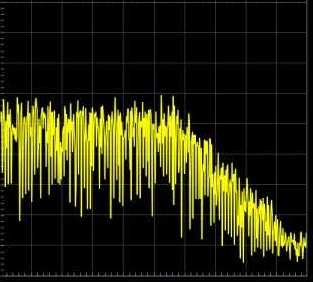 Whether it is for a land survey searching for minerals on Earth, or for a space exploration in search of alien life forms, the analysis of any signal boils down to looking at its time and frequency information. While an oscilloscope displays a signal with respect to time, a spectrum analyzer shows it with respect to frequency. Both of these tools are very important in any signal analysis application. This article explains the difference between oscilloscope and spectrum analyzer using examples.
Whether it is for a land survey searching for minerals on Earth, or for a space exploration in search of alien life forms, the analysis of any signal boils down to looking at its time and frequency information. While an oscilloscope displays a signal with respect to time, a spectrum analyzer shows it with respect to frequency. Both of these tools are very important in any signal analysis application. This article explains the difference between oscilloscope and spectrum analyzer using examples.
Oscilloscope Background |
Oscilloscope History and Milestones
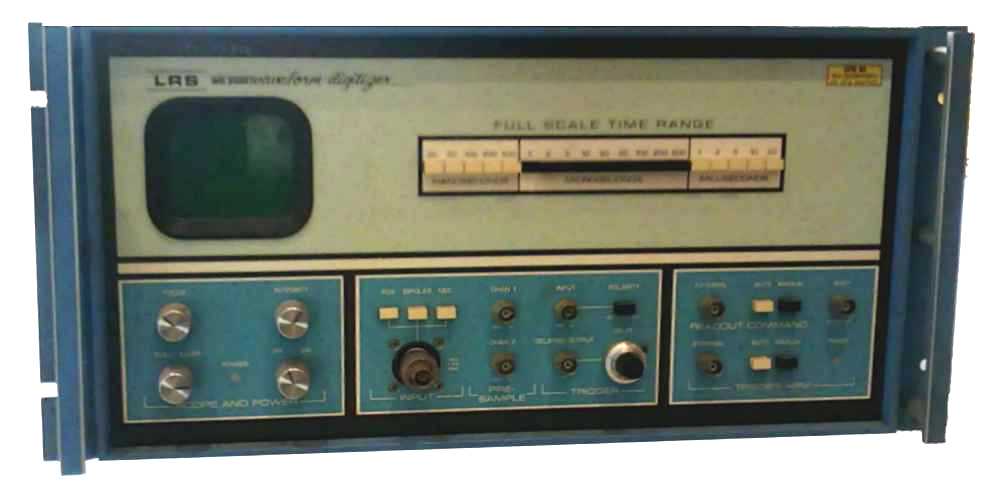 Oscilloscopes have been invented in the 1920s. Up to now this instrument encountered many innovations. In the beginning the most important manufacturers have been General Radio, DuMont, General Electric and Radio Corporation of America. Later Cossor and later Solartron dominated the market. Today the main players are Keysight, Tektronix and Teledyne LeCroy. Below we listed some important oscilloscope milestones.
Oscilloscopes have been invented in the 1920s. Up to now this instrument encountered many innovations. In the beginning the most important manufacturers have been General Radio, DuMont, General Electric and Radio Corporation of America. Later Cossor and later Solartron dominated the market. Today the main players are Keysight, Tektronix and Teledyne LeCroy. Below we listed some important oscilloscope milestones.

 How to resolve AdBlock issue?
How to resolve AdBlock issue?